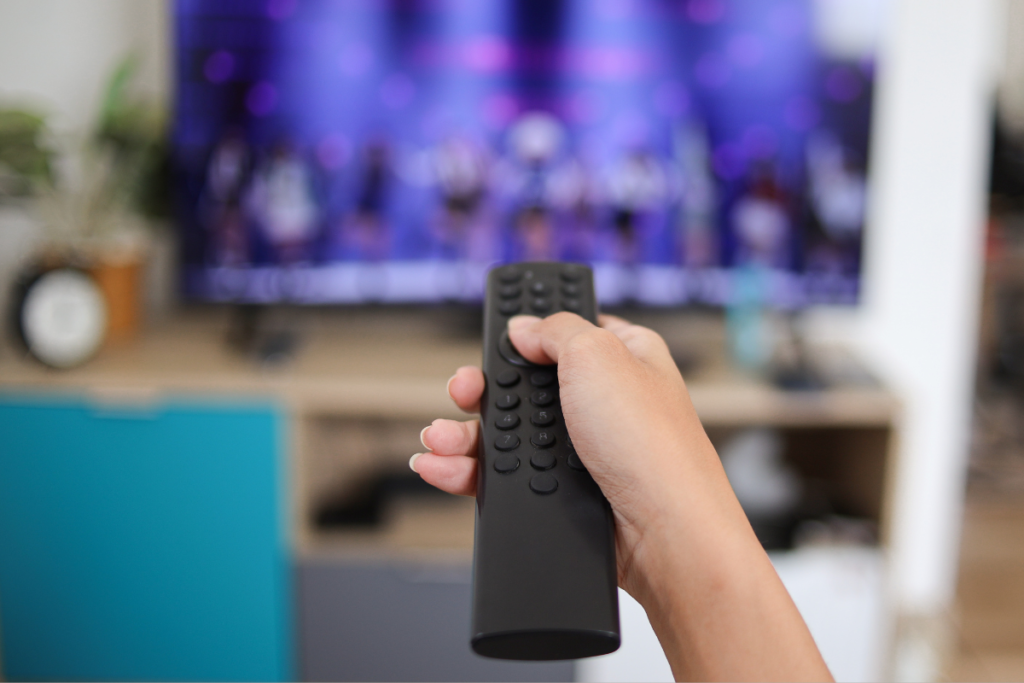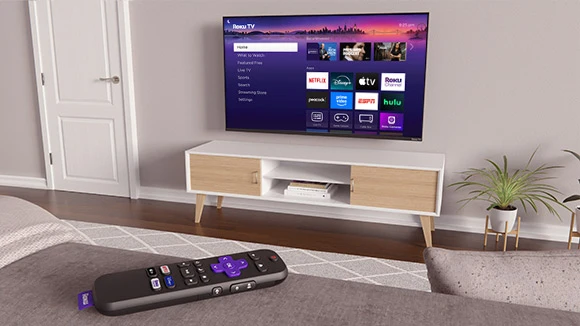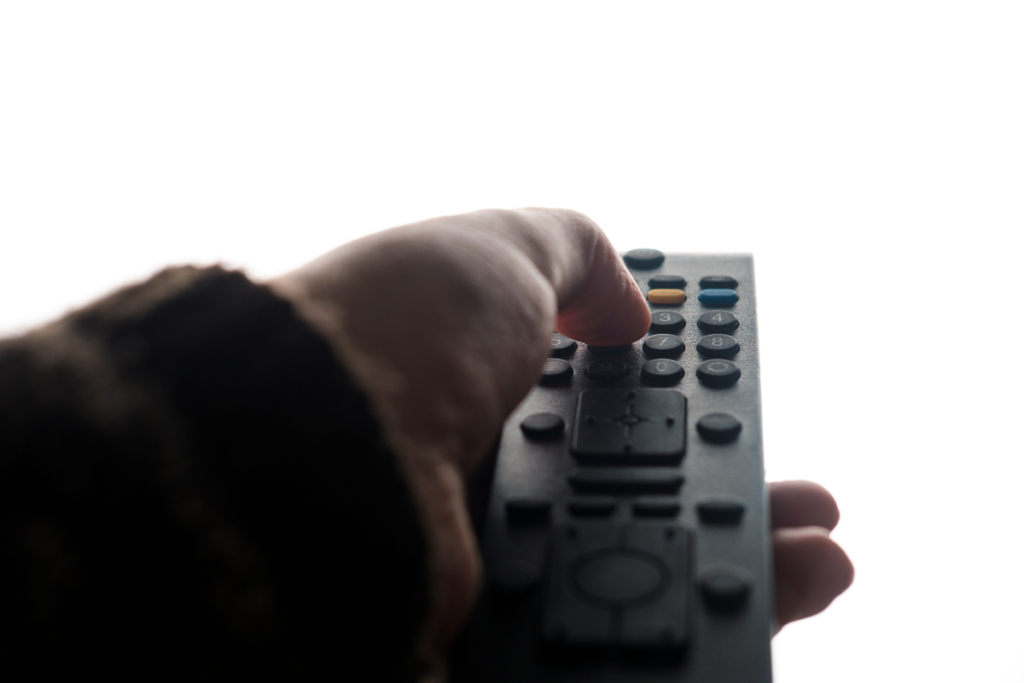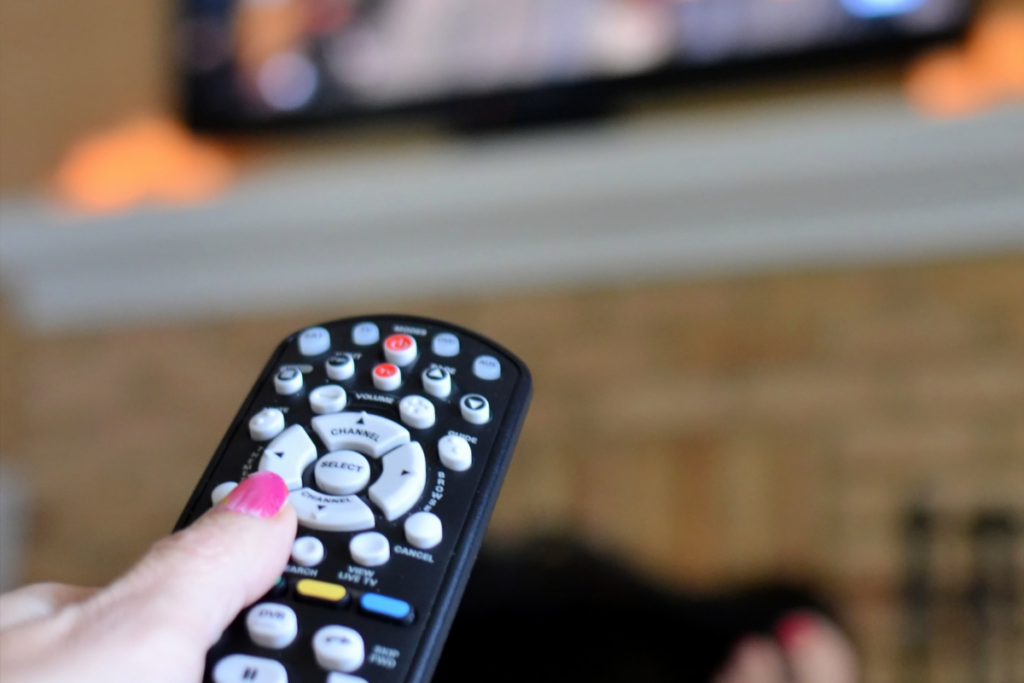It should be simpler to handle the devices after setting up a Smart Remote Setup Troubleshooting, but occasionally, things don’t go as planned. This comprehensive guide to troubleshooting smart remote setup will assist you if you’re experiencing issues such as unresponsive buttons, pairing errors, or connection failures. To swiftly detect and resolve common problems, we’ll guide you through simple procedures, such as testing batteries, updating software, and re-pairing the remote. This guide simplifies and expedites troubleshooting smart remote setup, regardless of your level of experience or need for a refresher.
How to troubleshoot your Smart Remote when it is not working

Do not worry if your smart remote stops working suddenly. You can put it back on track by following a few easy steps. Since power problems are the most frequent reason, start by charging the remote or checking the batteries. Next, make sure nothing is obstructing the signal and that the remote is within range. Try connecting it to your device again and check for any firmware or software updates if it still doesn’t respond. These crucial components of troubleshooting clever remote setup frequently resolve issues with response or connection. You can easily determine the problem and get your remote back in working order by following these instructions.
Make sure your Smart Remote works properly

The correct setup procedure must be followed, and any issues should be checked as soon as possible to ensure your smart remote operates as intended. To begin, either completely charge the remote or put in new batteries. Please verify that the signal is unobstructed by any objects and that it is properly connected to your smartphone. The majority of issues can be resolved quickly by following simple, smart remote setup troubleshooting procedures, such as repairing the remote, restarting your device, or looking for software upgrades. Maintaining the functionality of your smart remote requires routine maintenance and updates.
Pair your Smart Remote to your Samsung Smart TV
Pointing the remote at the Samsung Smart TV is the first step in pairing it with the device. Next, hold down the Play/Pause and Return buttons simultaneously for approximately five seconds. A notification verifying the pairing process ought to appear on the screen. Start by following the basic smart remote setup troubleshooting instructions if your remote doesn’t connect. Ensure the batteries are brand new or fully charged before use. Ensure you are within the correct range of the TV and that nothing is obstructing the remote’s signal.
Try rebooting both the TV and the remote control if the issue persists. After unplugging your TV for 30 seconds, reconnect it and re-pair it. Additionally, check if your Samsung TV has any available software upgrades, as outdated firmware may prevent the remote from connecting. Resetting the remote to its factory settings occasionally helps resolve recurring problems.
You can properly link your remote control and enjoy a smooth control experience with your Samsung Smart TV by following these smart remote setup troubleshooting recommendations.
Check the remaining battery level of your SolarCell Smart Remote

Go to All Settings > General & Privacy > Power and Energy Saving > Available Remote Battery by pressing the Settings button on your Samsung TV remote to see how much battery life is left in your SolarCell Smart Remote. You can keep an eye on your remote’s charge level at all times with the help of this menu, which displays the battery %. The SolarCell remote requires light to charge; therefore, it’s crucial to keep it close to a light source. You can set it under a lamp or next to a window.
Your remote may not be getting enough light if it isn’t working correctly and the battery is low. If that is the case, try again after a few hours in a well-lit place. Follow these simple steps for Smart Remote Setup Troubleshooting: check for firmware updates, reset your TV, and re-pair the remote if performance problems persist even after charging. Occasionally, even after charging, the remote control may require a reset to work properly.
Regular battery checks and appropriate smart remote configuration troubleshooting will help you prolong the life of your SolarCell remote and prevent viewing disruptions. To maximize the performance of the solar panel, keep it clean and free from obstructions.
Charge your SolarCell Smart Remote battery

Charging your SolarCell Smart Remote’s battery is simple, environmentally responsible, and necessary to maintain uninterrupted operation. To keep the battery charged, the SolarCell remote’s integrated solar panel on the rear collects both artificial indoor light and sunlight. Set the remote face-down in a well-lit area to charge it efficiently. A bright indoor lamp or a window with lots of sunshine are the best places to place it for a few hours per day.
Keeping the remote control in an area that receives steady light is a smart habit, particularly if you use it often. Over time, even normal indoor lighting can help maintain a stable battery level, as the solar panel doesn’t require direct sunlight to function. Faster charging, however, is the result of brighter and longer exposure to light. Additionally, you can ensure your Samsung TV is properly charged by checking the battery level, which can be found by heading to Settings > General & Privacy > Power and Energy Saving > Available Remote Battery.
Your remote control may not be fully charged if it malfunctions or appears to be slow. When Smart Remote Setup Troubleshooting, you should start by charging the device. Dust can block light and hinder charging, so ensure the solar panel is clean and free from smudges or dust. If necessary, gently wipe it with a soft cloth.
If the remote doesn’t work again after charging, try re-pairing the remote, resetting your TV, or looking for software upgrades. In addition to being crucial components of Smart Remote Setup Troubleshooting, these steps can assist in resolving more complicated problems unrelated to power.
Regularly charging your Solar Cell Smart Remote Setup Troubleshooting and maintaining a clean solar panel will enable you to enjoy dependable performance and reduce your reliance on disposable batteries, which is a minor but significant environmental and convenience improvement.
Control external devices with your Samsung TV Smart Remote

The Samsung TV Smart Remote is not limited to controlling your TV; it can also operate other devices such as a cable box, speaker, Blu-ray player, or game console. Go to Settings > Connected Devices > Universal Remote Setup on your Samsung TV to activate this option. To register each connected device, follow the on-screen instructions. Once configured, you can operate multiple devices with a single remote control, which streamlines your setup and enhances the convenience of your viewing experience.
Start with basic smart remote setup troubleshooting if the remote doesn’t react to an external device. Verify that the gadget is turned on and connected correctly. Verify that the remote control is compatible with your TV and that the correct HDMI input is selected. Reset the connection or perform the Universal Remote Setup again if necessary. To resolve incompatibilities, you can also update the firmware of your television.
You can enjoy a smooth and easy home entertainment setup by controlling external devices with your Samsung Smart Remote and utilizing smart remote setup troubleshooting as needed.
Related Article
Best Universal Remotes with Voice Control in 2025
Best Universal Remotes for Smart Homes in 2025
How to Reset a Universal Remote – Easy Guide2025
GE Universal Remote Codes For Roku TV & Programming [2025]
Universal Remote Codes For Sanyo TV [GE, RCA, Philips, Etc]
Frequently Ask Questions
Why is my Smart Remote not connecting?
There are several frequent reasons why your smart remote may not be connected, including short battery life, signal interference, improper pairing, or out-of-date software. Check the battery level first, as even a partly depleted battery can impact performance. Ensure your remote has received sufficient light exposure if it features a solar panel. Next, remove any obstructions that block the TV’s and remote’s line of sight, particularly if the TV uses infrared (IR) signals. Additionally, make sure the remote control is within range of Wi-Fi or Bluetooth connectivity.
Try manually re-pairing your TV using the brand’s suggested technique if the remote doesn’t work. This frequently entails holding down certain buttons, such as Play/Pause and Return, on Samsung remote controls. Use smart remote setup troubleshooting techniques, including restarting your TV, updating the firmware, or resetting the remote to its factory settings if none of these solutions resolve the issue.
How to fix a smart TV remote not working?
It can be frustrating when your smart TV remote stops working, but there are usually easy fixes for this issue. Start by charging the remote if it is rechargeable or inspecting the batteries. Replace old batteries with new ones, being careful to insert them properly. Next, turn the TV and remote control back on. Try unplugging your TV for 30 seconds, then plugging it back in.
After that, make sure the remote is paired correctly. Try the pairing procedure again if it isn’t. Stay clear of the area around the TV and remote control, as outside factors, such as Wi-Fi interference or nearby electronic devices, can sometimes disrupt the signal. Use the remote’s reset feature or update the TV’s software if none of these fixes work. The majority of non-functioning remote issues can be effectively resolved with these simple and smart remote setup troubleshooting techniques.
How do I reset a Smart Remote?
One of the best solutions for enduring issues like latency, unsuccessful pairing, or unresponsiveness is to reset a smart remote. For Samsung remotes, you can reset it by simultaneously pushing and holding the Return and Play/Pause buttons for approximately five seconds. The exact procedure varies slightly depending on the model. A notification stating that the remote is pairing again ought to appear on your screen.
Any prior settings or connection issues that might be affecting performance are removed with this reset. It will be necessary to couple the remote control with the TV again after the reset. Resetting is frequently a crucial step in Smart Remote Setup Troubleshooting, particularly if other attempts, such as restarting or changing the batteries, have failed.
How to activate a Smart Remote?
The first step in the setup process usually includes turning on your smart remote control. Make sure it’s completely charged, or replace the batteries first. To ensure that rechargeable or solar-powered remote controls have sufficient charge, place them under a light source for a few hours. Most smart TVs will recognize the remote and provide pairing instructions if you point it at your TV and follow the on-screen directions.
If activation does not begin immediately, pair the devices manually. For instance, the Return and Play/Pause buttons on Samsung remote controls can be pressed and held for five seconds. Restarting the TV, checking for firmware updates, or performing a reset are some smart troubleshooting steps to try if the remote still does not activate.
How do I troubleshoot my remote?
To start troubleshooting your smart remote, begin with the fundamentals: Verify the power supply. If the remote is rechargeable, replace the old batteries or fully charge it. After that, confirm that nothing is obstructing the transmission between your device and the remote. If your remote is Bluetooth or Wi-Fi enabled, ensure it is within range and that no other wireless devices are obstructing the connection.
Try re-pairing the remote by pressing the right set of buttons for your brand if it isn’t responding. Additionally, confirm that your smart TV is running the most recent firmware, as this sometimes stops the remote from working correctly. Try restarting your TV and doing a factory reset on the remote control if these fixes don’t work. As part of routine troubleshooting for smart remote setup, these steps often resolve the majority of issues without requiring a replacement.

Sid is a skilled content writer with over 9 years of experience, creating clear and helpful articles on a wide range of topics. Sid is also well-known for her knowledge of remote controls, codes, and setup guides, helping thousands of people with simple and reliable solutions. Her goal is to combine expert content writing with practical knowledge, making information easy to understand and useful for everyone. In her free time, she enjoys exploring new technology and sharing helpful tips with the community.


